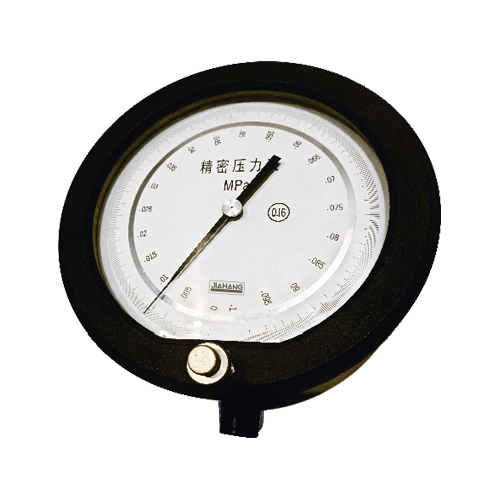
Aug . 28, 2024 15:11 Back to list
famous parts of diaphragm pressure gauge
Famous Parts of Diaphragm Pressure Gauges
Diaphragm pressure gauges are essential instruments utilized in various industries to measure the pressure of gases and liquids. These gauges operate based on the deflection of a flexible diaphragm, which reacts to changes in pressure. Understanding the main components of diaphragm pressure gauges is crucial for anyone involved in their operation or maintenance. Here, we will discuss some of the most notable parts of these devices.
1. Diaphragm The Heart of the Gauge
The diaphragm is the core component of the pressure gauge. Made from materials such as stainless steel, copper, or various elastomers, the diaphragm flexes in response to pressure variations. As pressure increases, the diaphragm bends or deflects, translating the pressure exerted onto its surface. This mechanical movement is pivotal for the gauge's operation, determining the accuracy of the pressure reading.
2. Pressure Chamber Containment Space
The pressure chamber is where the fluid or gas under test is contained. Connected to the diaphragm, this chamber provides the medium whose pressure is being measured. The design and volume of the pressure chamber are essential, as they can affect the responsiveness and accuracy of the gauge. A properly sized chamber ensures rapid response times to pressure fluctuations, making it critical for dynamic measurements.
3. Mechanical Linkage Transmitters of Motion
famous parts of diaphragm pressure gauge

The mechanical linkage connects the diaphragm to the pointer mechanism that displays the pressure reading. It translates the diaphragm's deflection into a rotational movement, moving the pointer on the dial gauge. The linkage must be highly precise to avoid any losses in sensitivity, ensuring that even slight changes in pressure are accurately reflected. The design of this component can vary, impacting the overall sensitivity and resolution of the gauge.
4. Dial Face and Pointer User Interface
The dial face and pointer are the components that users interact with directly. Typically featuring graduated markings, the dial displays the pressure readings in various units of measurement, such as psi, bar, or Pascal. The pointer’s position on the dial provides an instant visual cue as to the current pressure level. Clarity and ease of reading can significantly influence the gauge's usability in fast-paced industrial settings.
5. Housing and Mounting Options Protection and Versatility
The housing of a diaphragm pressure gauge protects internal components from environmental factors while ensuring the gauge's accuracy. Different mounting options, such as panel mount, surface mount, or remote mount, provide versatility for installation in various settings. Choosing the appropriate housing and mounting configuration is vital for safeguarding against contamination and mechanical damage.
In conclusion, diaphragm pressure gauges are intricate instruments composed of several critical parts that work together to ensure precise pressure measurement. Understanding these components—diaphragm, pressure chamber, mechanical linkage, dial face, pointer, and housing—enhances the ability to select, maintain, and troubleshoot these essential devices in industrial applications.
-
High-Precision Mass Diaphragm Pressure Gauge - Reliable & Durable Solutions
NewsJun.10,2025
-
Explain Diaphragm Pressure Gauge Expert Guide, Top Manufacturers & Quotes
NewsJun.10,2025
-
Affordable Differential Pressure Gauge Prices in China Top Manufacturers
NewsJun.10,2025
-
Reliable Water Fire Extinguisher Pressure Gauges for Safety
NewsJun.10,2025
-
Durable Diaphragm Protection Pressure Gauges Get Quote
NewsJun.09,2025
-
WIKA Differential Pressure Gauge with Switch Reliable Monitoring & Control
NewsJun.09,2025
